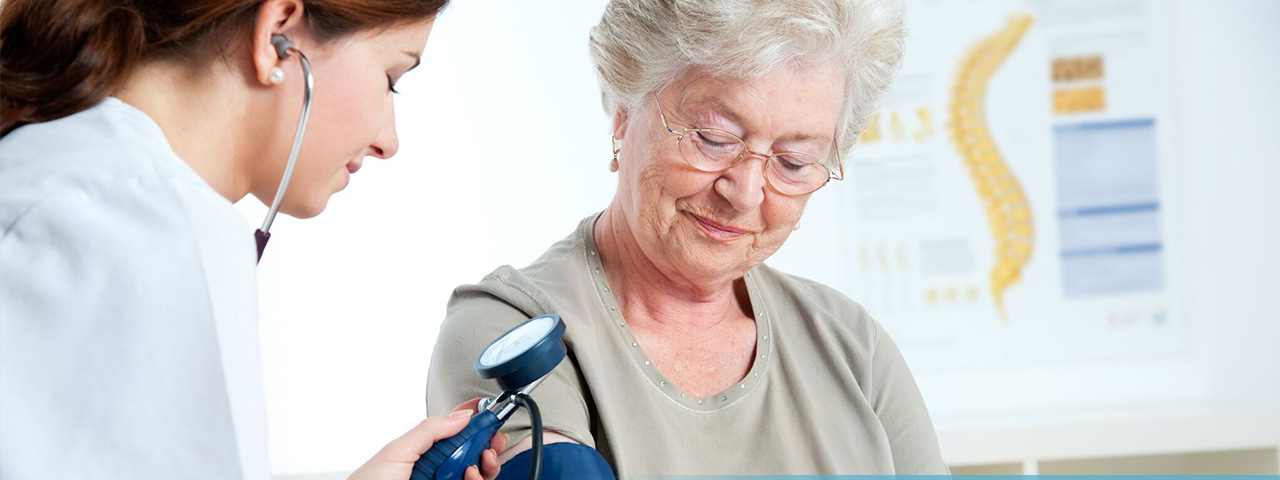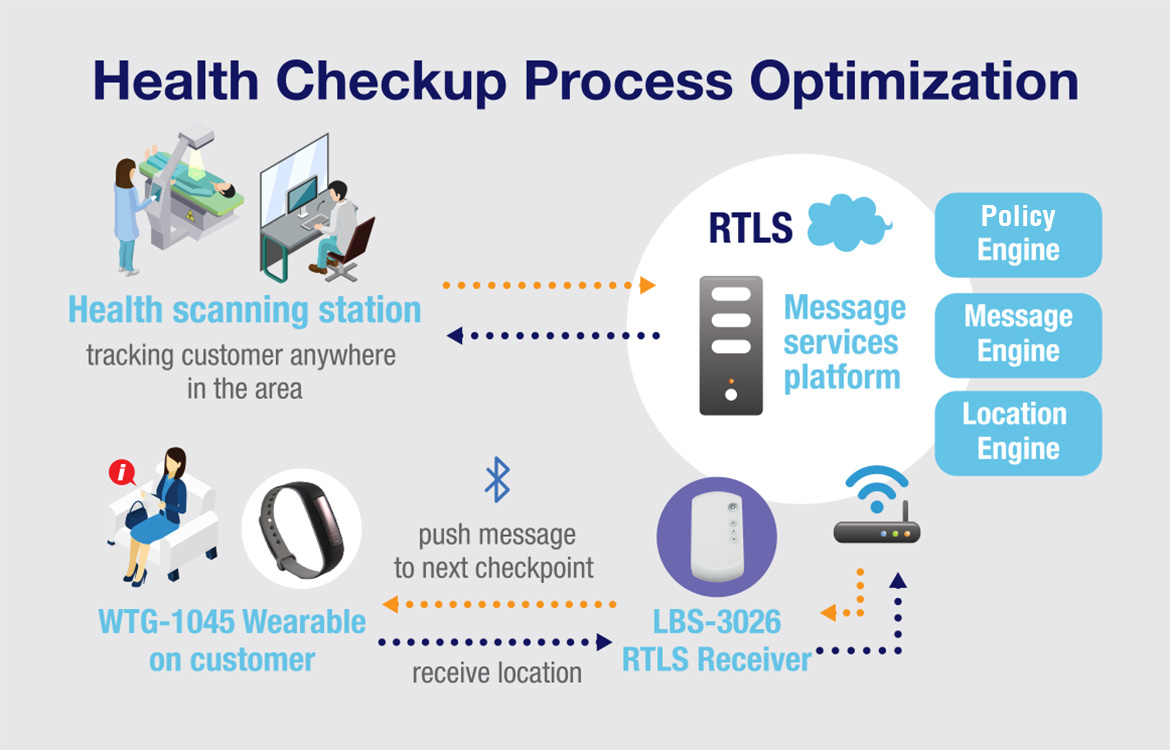
Irrespective of the wide range of added services provided by health checkup centers, they haven’t been able to improve the workflow or patient flow to further enhance the services that they provide. This has only created bigger workloads for staff and hasn’t really given rise to any substantial economic growth. With the rise in popularity of the Internet of Things, health checkup centers have been introduced to a whole new range of management solutions and are learning about real-time locating systems (RTLS) and how they can optimize patient flow. Staff management, overall control and communication in the center, allows for centers to accept more patients without the requirement to increase man power.
It’s a very common practice in health checkup centers to manage staff and patients without employing a systematic method. With staff having to remember each patient name and appearance on top of knowing the status of each diagnosis room and its patient, it can simply be overwhelming. The outcome of any checkup center should be for the patient to be attended to in the shortest time and to have a satisfactory experience, and thus feeling it less of a burden to take annual checkups.
Paper work is indeed a practice of the past, however in some situations it is needed in the checkup industry, resulting in a lot of wasted time and subsequent inefficiency. Some clinics even need to arrange staff, to confirm the progress of each patient, making unnecessary phone calls to each of the accompanying staff. Staff members are responsible for many checkup patients, making sure they go to all the necessary stations and that each station is not overbooked. This kind of method causes delays making it more prone to bottlenecks, where patients need wait for longer periods and in some cases leaving some stations underutilized. Thus, it is obvious that there is a need for a centralized optimization system to help manage staff, diagnostics rooms and distribute checkup patients accordingly.
Linctronix presents the real-time locating system (RTLS). Comprised of a series of smart wearables with Bluetooth Low Energy technology and RTLS receivers that seamlessly and constantly keeps communicating with the message services platform server, which is available to all health scanning stations through the hospitals mainframe network.
The checkup patient is identified with a bracelet integrated with sensor lock, Bluetooth low energy (BLE) technology and an RFID chip are used for automatic check in at each station. This allows the system to immediately arrange patients in the next station and push notifications to the bracelets and result in reduced waiting time, improving checkup scheduling and patient flow. By pairing with kiosks, patients can check the process and their progress in the overall checkup.
With the use of BLE technology, Linctronix is able to provide accurate indoor positioning. While leveraging this feature nursing staff will able to locate all checkup patients within the hospital and even set notifications in case any patient leaves the area before finishing their checkup. In addition to this, the system will also notify the staff if there is a no-show on the patient side so they can go ahead and take the necessary actions. To still keep that human and caring touch throughout the process checkup patients are able, with a push of a button, to call on the nursing staff if they were to encounter any problem. Furthermore, using Linctronix’s RTLS solution, it is easy to reduce the amount of paper work.
